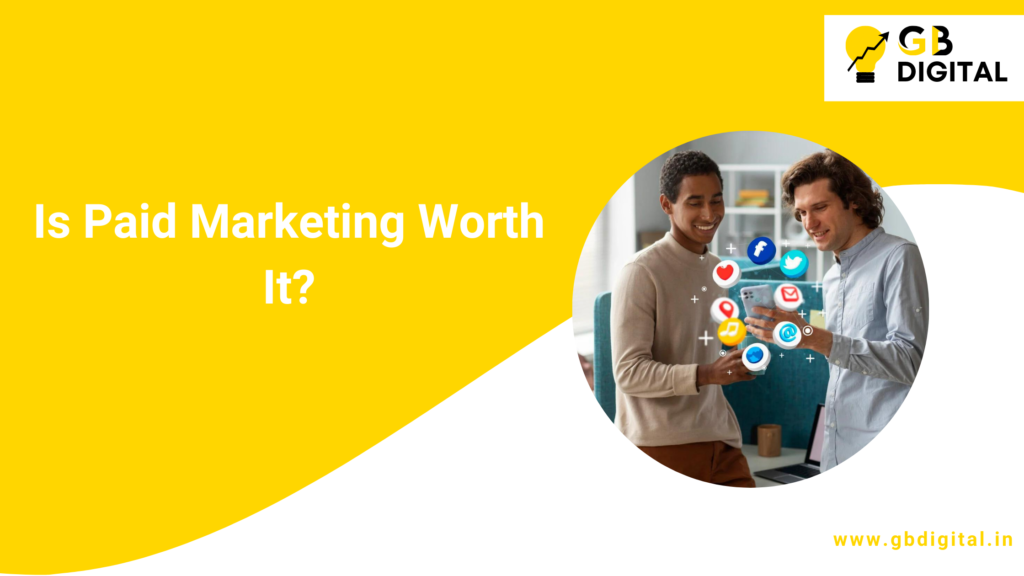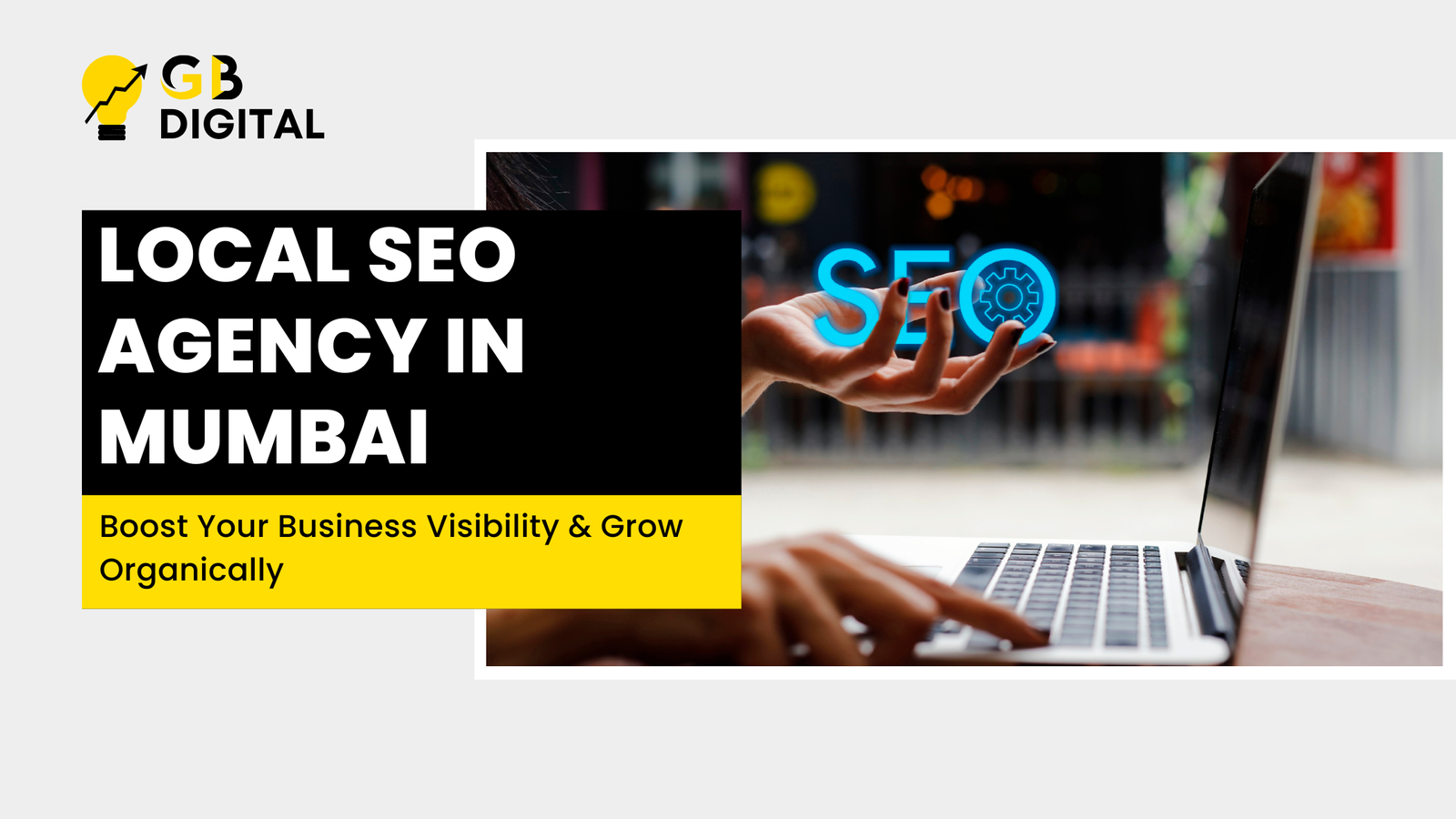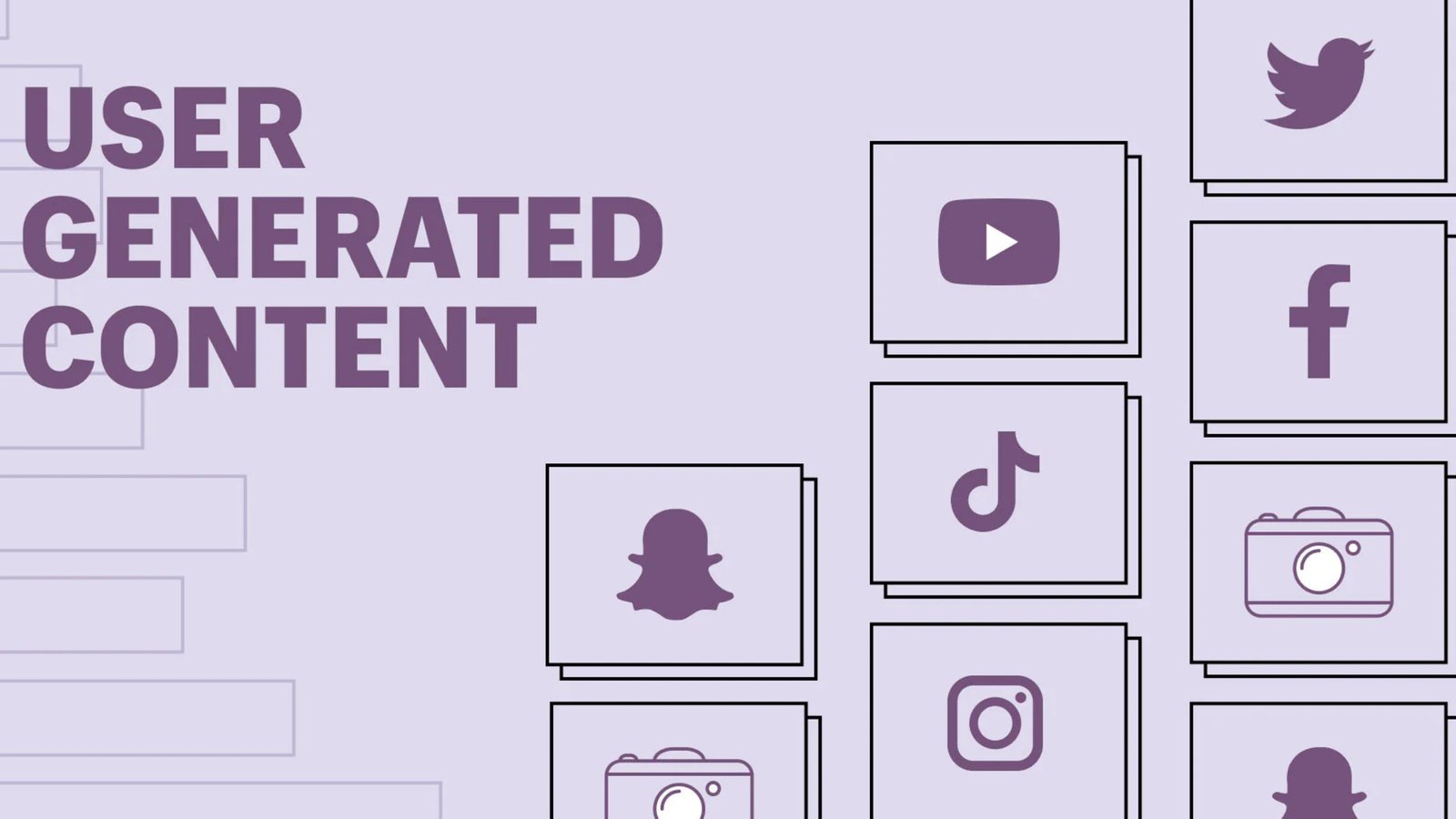In the digital age, businesses are constantly seeking ways to enhance their online presence and drive revenue. One of the most debated strategies in digital marketing is paid advertising. This article delves deep into the topic to uncover whether paid marketing is truly worth the investment.
Understanding Paid Marketing
What is Paid Marketing?
Paid marketing, also known as pay-per-click (PPC) advertising, involves businesses paying for ad placement on various platforms such as search engines and social media. Unlike organic methods that rely on SEO and content marketing, paid marketing guarantees immediate visibility by targeting specific demographics based on user behavior and interests.

Types of Paid Marketing
Search Engine Advertising
Search engine advertising allows businesses to bid on keywords relevant to their products or services. When users search for these keywords, ads appear at the top of search engine results pages (SERPs), driving targeted traffic to the website.
Social Media Advertising
Social media advertising leverages platforms like Facebook, Instagram, and LinkedIn to promote products or services directly to users based on their demographics, interests, and behaviors. It enables precise targeting and encourages engagement through likes, shares, and comments.
The Influence of Paid Advertising
Advantages of Paid Marketing
Immediate Results
Paid marketing offers instant visibility and results, making it an effective strategy for businesses looking to generate quick leads or sales. Unlike organic methods that may take months to yield significant traffic, PPC advertising ensures immediate placement in front of potential customers.
Targeted Reach
With paid advertising, businesses can target specific demographics, geographic locations, and even user behaviors. This precision targeting minimizes wasted ad spend and maximizes the likelihood of conversion by reaching those most likely to be interested in the product or service.
Measurable ROI
One of the biggest advantages of paid marketing is its measurability. Platforms like Google Ads and Facebook Ads provide detailed analytics that track impressions, clicks, conversions, and ROI. This data allows businesses to optimize campaigns in real-time, ensuring maximum efficiency and effectiveness.
Challenges of Paid Marketing
Cost Considerations
While paid advertising can deliver quick results, it comes at a cost. Businesses need to carefully manage their budgets and bids to avoid overspending without achieving desired results. Additionally, competitive industries may drive up keyword costs, impacting overall campaign profitability.
Ad Fatigue
Over time, users may become immune to repetitive ads, leading to ad fatigue. Businesses must continually refresh ad creatives, messaging, and targeting strategies to maintain engagement and avoid losing potential customers due to banner blindness or indifference.

Is Paid Marketing Worth It?
Factors to Consider
Business Goals
The decision to invest in paid marketing hinges on individual business goals. For companies aiming to boost immediate sales or launch new products/services quickly, PPC advertising offers a compelling solution. Conversely, businesses focused on long-term brand awareness and organic growth may find more value in complementary strategies like content marketing and SEO.
Competition Landscape
Industry competition plays a crucial role in the success of paid marketing campaigns. Businesses operating in saturated markets may find it challenging to stand out amidst fierce competition and rising advertising costs. Conducting thorough competitor analysis and staying agile with campaign adjustments are vital for maintaining a competitive edge.
Conclusion
In conclusion, paid marketing can be a powerful tool for businesses seeking immediate visibility, targeted reach, and measurable ROI. However, its effectiveness hinges on strategic planning, budget management, and continuous optimization. By understanding the nuances of PPC advertising and aligning it with overarching business objectives, businesses can harness its full potential to drive growth and achieve marketing success.








